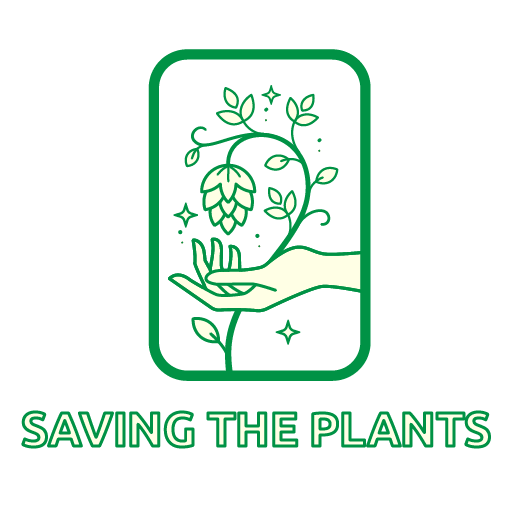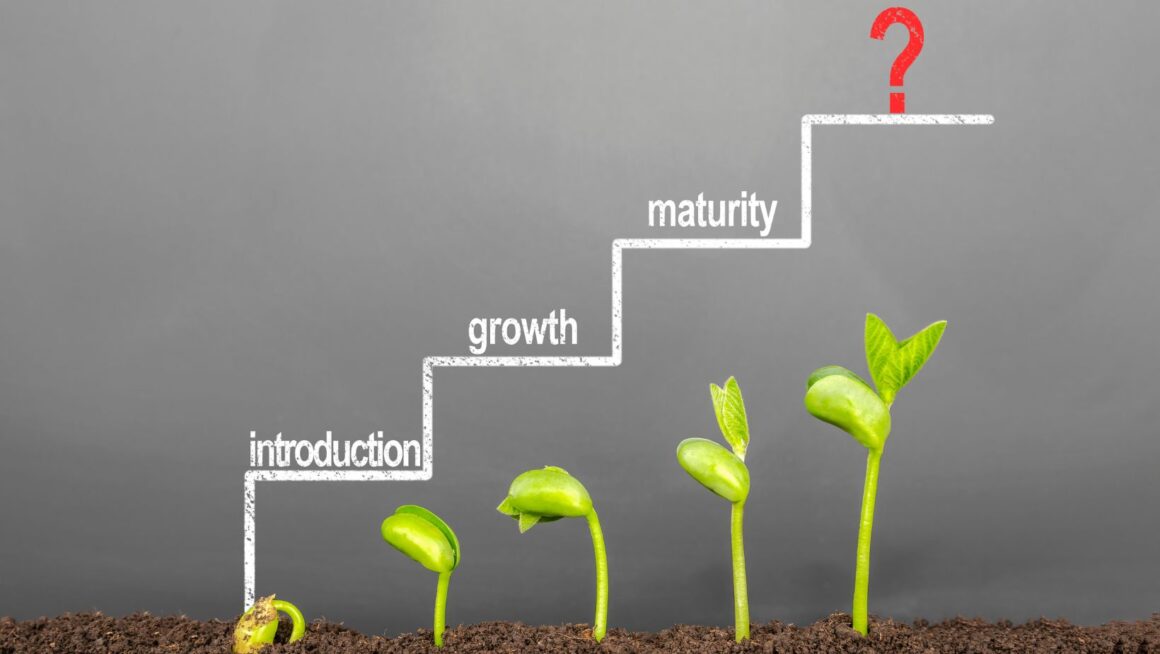Sustainable Product Life Cycle
As an expert in sustainability, I frequently delve into the realm of sustainable product life cycle. Understanding the environmental impact and longevity of products is crucial in today’s conscious consumer market. The concept of a sustainable product life cycle encompasses the entire journey of a product, from raw material sourcing to manufacturing, distribution, use, and eventual disposal or recycling.
When we talk about sustainable product life cycle, we are highlighting the importance of minimizing waste, reducing carbon footprint, and promoting ethical practices throughout each stage of a product’s existence. Companies that prioritize sustainability aim to create products that are not only durable and functional but also environmentally friendly and socially responsible. By considering factors such as materials selection, energy efficiency, recyclability, and end-of-life management, businesses can make significant strides towards creating more sustainable offerings.
It’s essential for consumers to be aware of the impact their purchasing decisions have on the environment. By opting for products with sustainable product life cycle, individuals contribute to a greener future and support companies that prioritize eco-conscious practices. Through education, advocacy, and conscious consumption choices, we all play a role in shaping a more sustainable world for generations to come.

Importance of Sustainable Product Life Cycle
When considering the importance of a sustainable product life cycle, it’s crucial to recognize the profound impact it has on the environment, economy, and society at large. By embracing sustainability throughout a product’s entire life cycle — from design and production to consumption and disposal — we can significantly reduce waste, conserve resources, and minimize our carbon footprint.
Environmental Benefits
- REDUCED WASTE: Implementing sustainable practices ensures that products are designed with longevity in mind, leading to fewer discarded items in landfills.
- RESOURCE CONSERVATION: By optimizing material usage and promoting recycling initiatives, we can preserve natural resources for future generations.
- CARBON FOOTPRINT: A sustainable product life cycle helps mitigate greenhouse gas emissions by fostering energy-efficient manufacturing processes and encouraging eco-friendly transportation methods.
Economic Advantages
- COST-EFFECTIVENESS: Investing in sustainable product development may initially require higher capital but leads to long-term cost savings through reduced waste management expenses.
- MARKET COMPETITIVENESS: Consumers are increasingly favoring environmentally friendly products, giving companies with sustainable offerings a competitive edge in the market.
- REGULATORY COMPLIANCE: Adhering to sustainability standards not only boosts brand reputation but also ensures compliance with evolving environmental regulations.
Social Implications
- HEALTH AND SAFETY: Sustainable products often prioritize user well-being by minimizing exposure to harmful chemicals and promoting ethical labor practices within supply chains.
- COMMUNITY ENGAGEMENT: Companies committed to sustainable product life cycles often engage with local communities through environmental initiatives, fostering goodwill and social responsibility.
In essence, adopting a sustainable approach to product life cycles is not just a trend but a fundamental shift towards responsible business practices that benefit both present and future generations. It’s imperative for businesses across industries to embrace sustainability as an integral part of their operations for a brighter and more resilient future.

Benefits of Implementing Sustainable Practices
As an expert in sustainable practices, I’ll delve into the significant benefits that come with embracing sustainability throughout a product’s life cycle.
Sustainable practices not only benefit the environment but also lead to cost savings for businesses. By optimizing resources and reducing waste, companies can lower production costs while enhancing their brand image as environmentally responsible entities.
Implementing sustainable practices can drive innovation within organizations. When companies prioritize sustainability, they often find new ways to design products, streamline processes, and explore alternative materials. This fosters creativity and pushes businesses to stay ahead in a competitive market landscape.
Moreover, consumers today are increasingly conscious of the environmental impact of the products they purchase. By incorporating sustainability into every stage of a product’s life cycle, companies can attract a growing base of eco-conscious customers who prefer goods that align with their values.
Furthermore, adopting sustainable practices can mitigate risks associated with regulatory changes and supply chain disruptions. Companies that integrate sustainability into their operations are better equipped to adapt to evolving regulations and address challenges related to sourcing raw materials sustainably.


